Mopar, a name synonymous with performance, speed, and American muscle, has produced some of the fastest cars in automotive history. Yet, amidst the muscle car legends, several high-speed Mopars have slipped through the cracks of memory. This article sheds light on these forgotten speedsters, reminding enthusiasts of their impressive contributions to the world of high-performance vehicles.
The Turbo Era: Unleashing Hidden Power
The Turbocharged Revolution
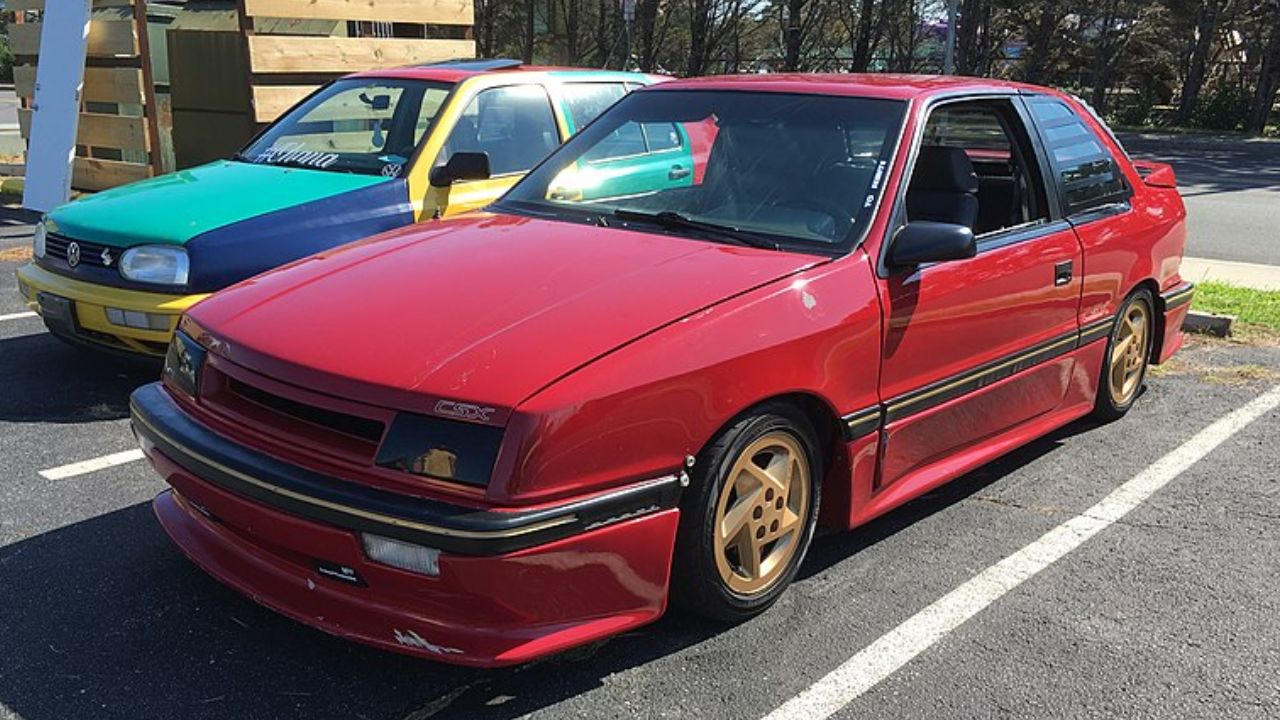
In the 1980s and 1990s, the automotive industry witnessed a turbocharged revolution that transformed the performance landscape, and Mopar was at the forefront of this movement. The introduction of turbo technology allowed engineers to extract significant power from smaller engines, making even the most unassuming vehicles capable of delivering thrilling speed. This era marked a departure from the traditional muscle car formula, embracing a new wave of performance that was both efficient and exhilarating.
Turbochargers became a game-changer, enabling vehicles like the Dodge Spirit R/T and the Shelby CSX to punch above their weight. These models, despite their humble appearances, boasted impressive horsepower figures and agile handling, surprising many with their capabilities. However, while turbo technology was groundbreaking, it also presented challenges such as turbo lag and reliability issues, which contributed to the mixed reception these cars received at the time.
Notable Models and Their Specs
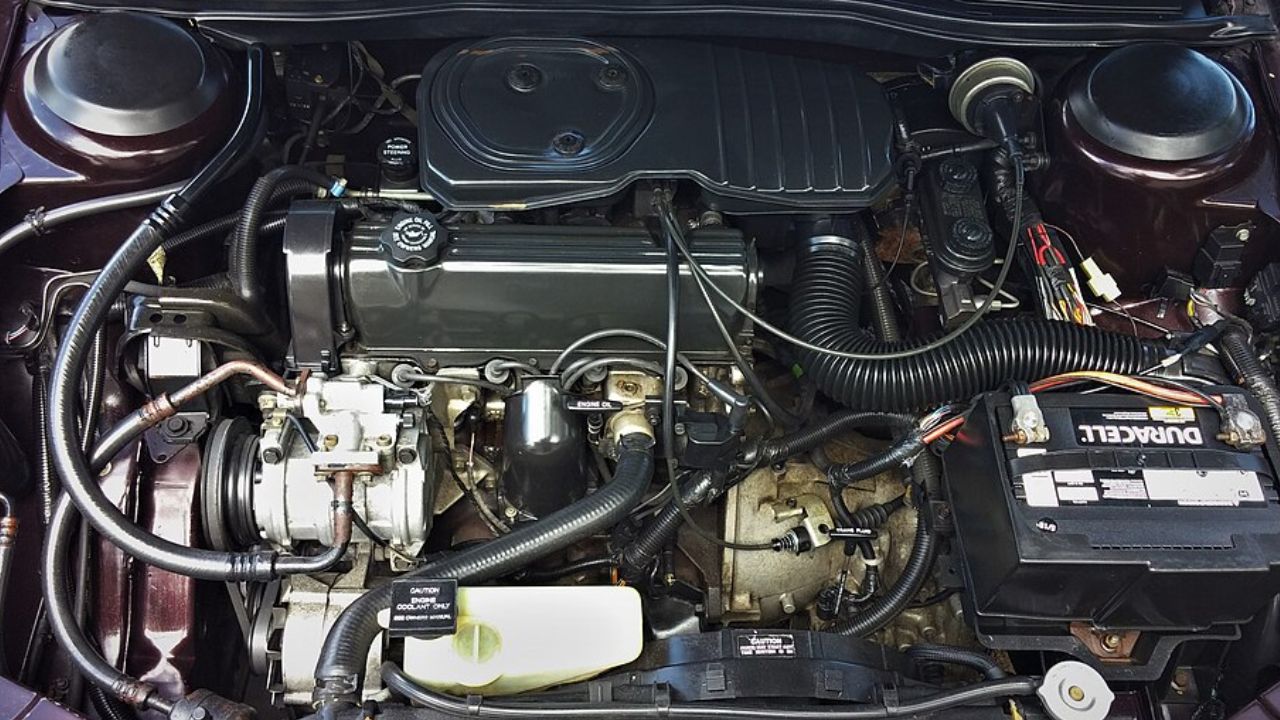
The Dodge Spirit R/T, introduced in 1991, featured a turbocharged 2.2-liter engine producing 224 horsepower, making it one of the quickest sedans of its time. Its 0-60 mph time was around 6 seconds, a remarkable feat for a family sedan. The Shelby CSX, on the other hand, was a collaborative effort with Carroll Shelby, which resulted in a compact car capable of delivering spirited performance with its turbocharged engine.
Despite their performance credentials, models like the Spirit R/T and Shelby CSX struggled to capture mainstream attention. Their styling was not as aggressive as traditional muscle cars, and they lacked the cultural impact of icons like the Charger or Challenger. Consequently, these turbocharged Mopars faded into obscurity, appreciated only by a niche group of enthusiasts who recognized their unique place in automotive history.
Limited Editions: Rare Gems of Speed
Scarcity Equals Speed
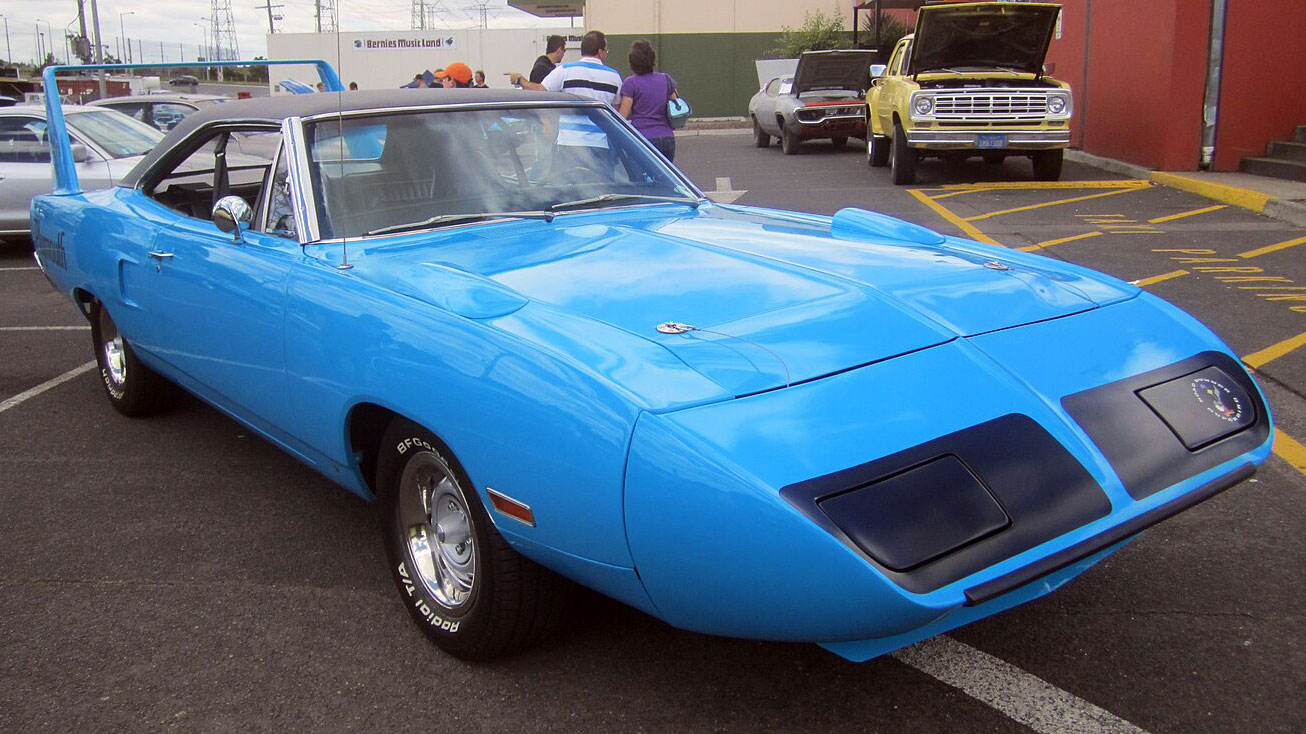
In the world of Mopar, scarcity often equates to speed, with limited production runs contributing to the allure and mystique of certain models. The Plymouth Superbird is a prime example, boasting a unique aerodynamic design and a powerful engine that made it a dominant force on the race track. With its distinctive styling and NASCAR pedigree, the Superbird was a rare sight on the streets, further enhancing its desirability among collectors.
The limited availability of such models was a double-edged sword. While it made them highly sought after by enthusiasts, it also meant that they were often overlooked by the general public. These cars were not just about speed; they were about exclusivity, a quality that continues to make them prized possessions in the collector’s market today.
Collector’s Dream: Performance Specs and Historical Significance
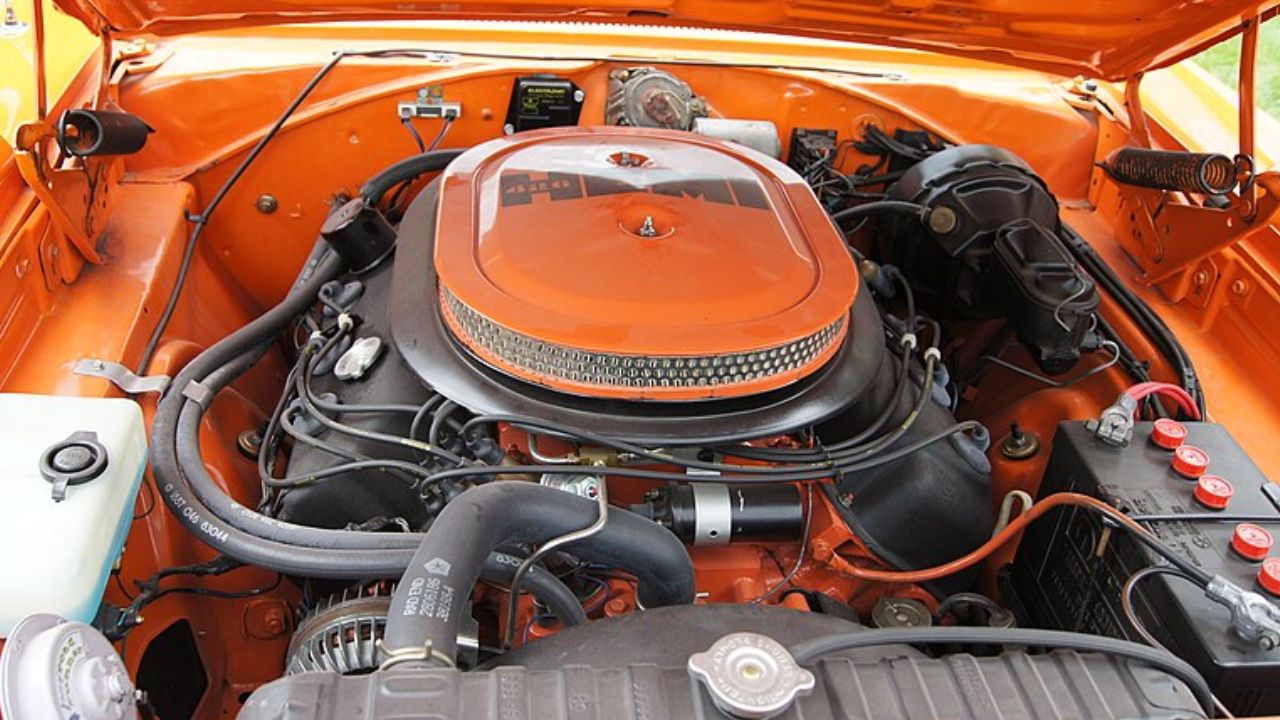
The performance capabilities of limited edition Mopars like the Plymouth Superbird are nothing short of remarkable. Equipped with engines like the 426 Hemi, these cars could achieve speeds that were once reserved for racing circuits. Their historical significance is equally impressive, as they represent a golden era of American automotive engineering where innovation and daring design choices were celebrated.
For collectors, these Mopars are more than just vehicles; they are icons of a bygone era, each with its own story and legacy. The combination of performance, rarity, and historical importance ensures that these cars remain a focal point at auctions and car shows, drawing attention and commanding high prices.
Forgotten Muscle: Hidden in the Shadows of Legends
Overshadowed by Icons
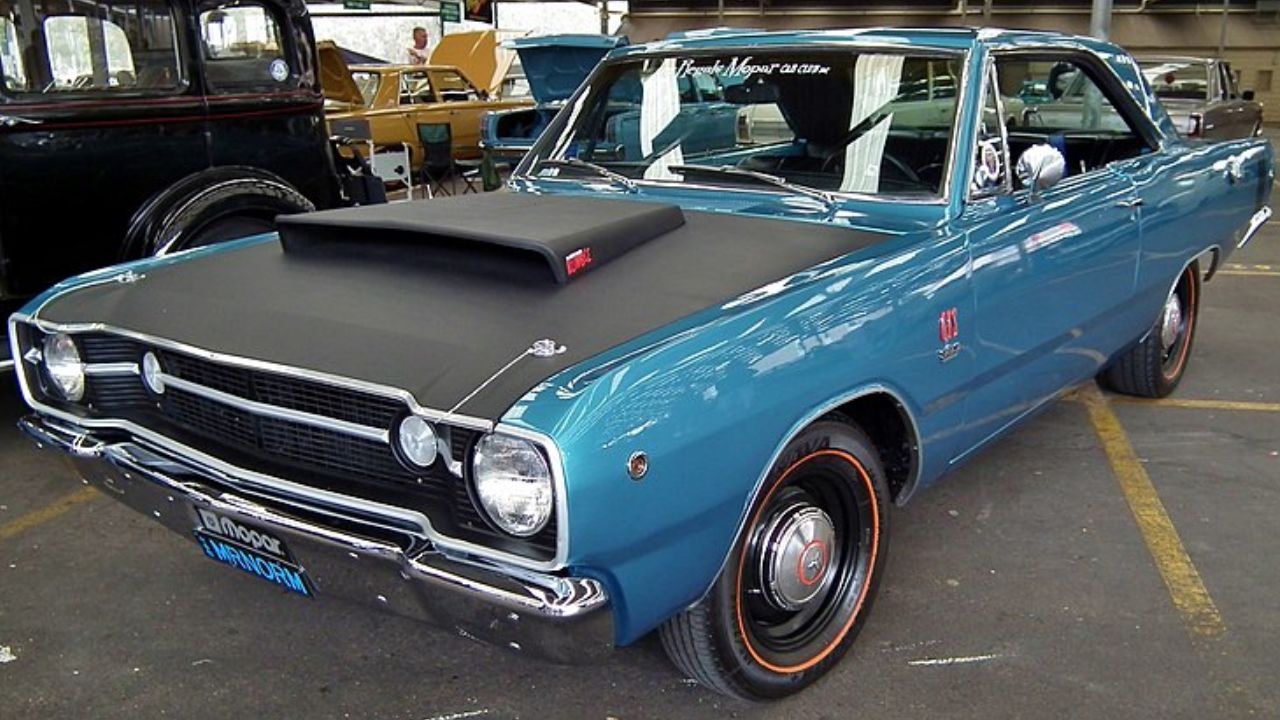
While Mopar is celebrated for icons like the Charger and Challenger, many high-performance models were overshadowed by these legends. Cars such as the Dodge Dart GTS and Plymouth GTX delivered impressive speed and handling but lacked the cultural impact and marketing support of their more famous siblings. As a result, they were often relegated to the background, appreciated only by those who looked beyond the headlines.
Cultural and marketing factors played a significant role in this overshadowing. The muscle car era was a time of fierce competition, and only the most aggressively marketed models rose to prominence. Mopar’s focus on flagship models meant that other capable vehicles received less attention, leading to their eventual obscurity. However, the tide is turning as enthusiasts rediscover these underdogs, breathing new life into forgotten models through restoration and racing events.
Rediscovering the Underdogs
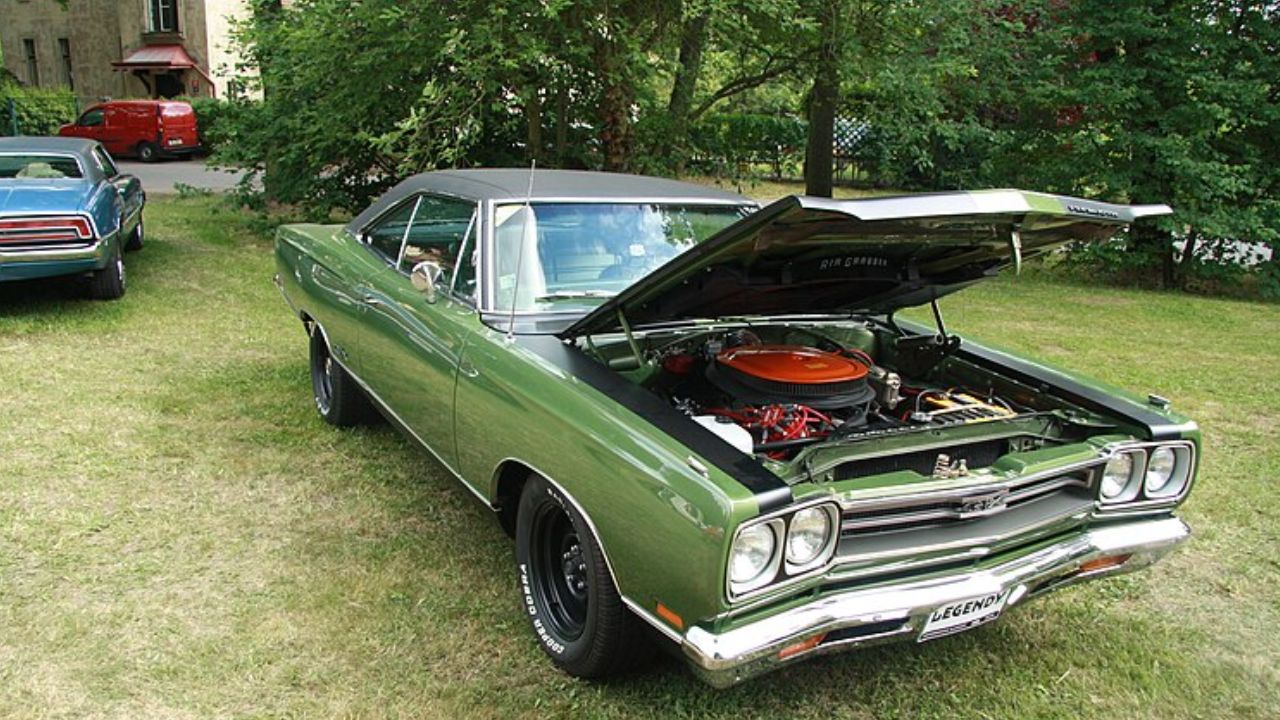
Models like the Dodge Dart GTS, with its available 383 cubic inch V8 engine, and the Plymouth GTX, equipped with the 440 Super Commando engine, offered remarkable performance but faded into the shadows of more iconic names. Enthusiasts today are increasingly recognizing the value and potential of these forgotten muscle cars, leading to a resurgence in interest.
Restoration projects and vintage racing events have become popular avenues for bringing these hidden gems back into the limelight. By showcasing their capabilities and unique features, enthusiasts are ensuring that these Mopars receive the recognition they deserve, allowing a new generation to appreciate their contributions to automotive history.
Technological Innovations: Ahead of Their Time
Engineering Marvels
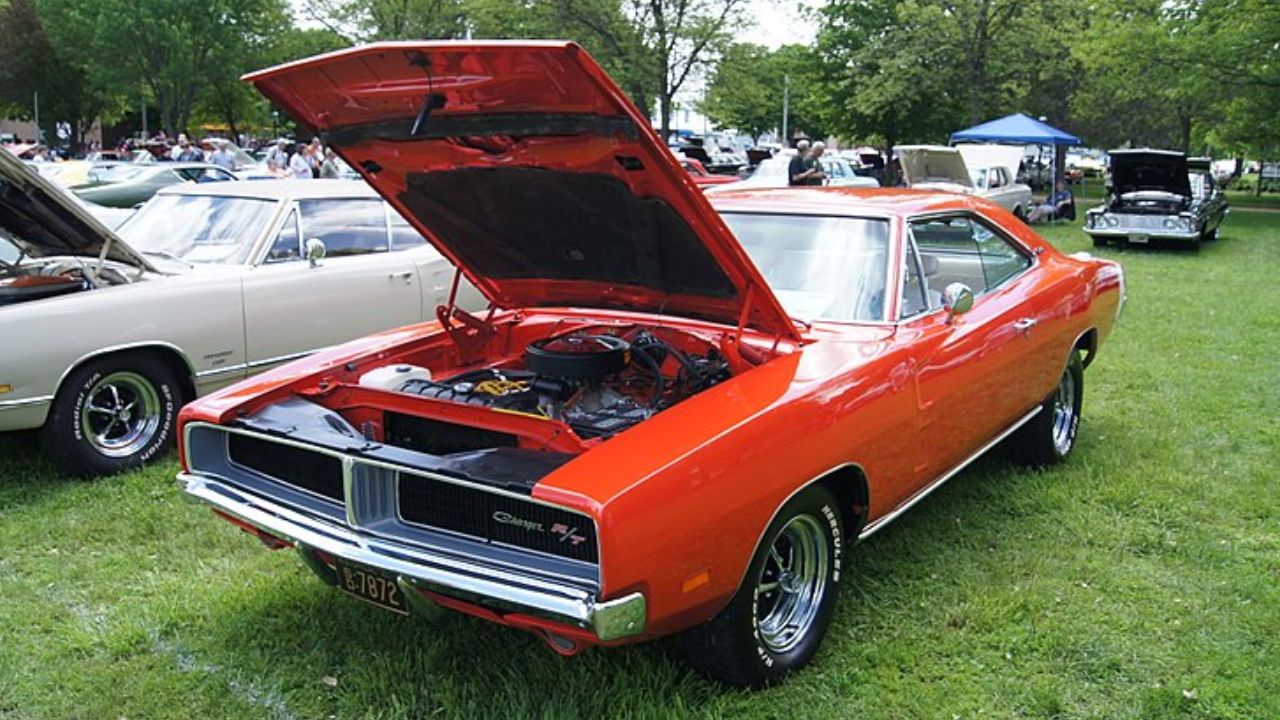
Many forgotten Mopars were engineering marvels, featuring technological advancements that were ahead of their time. Advanced suspension systems, unique engines, and innovative design choices set these cars apart, even if they didn’t achieve the same level of fame as their more popular counterparts. The incorporation of cutting-edge technology was a hallmark of Mopar’s commitment to pushing the boundaries of performance.
These innovations laid the groundwork for future automotive designs, influencing the direction of performance cars for years to come. The lessons learned from these early experiments with technology were integrated into later models, ensuring that the legacy of these forgotten Mopars lived on in subtle but significant ways.
Legacy and Influence
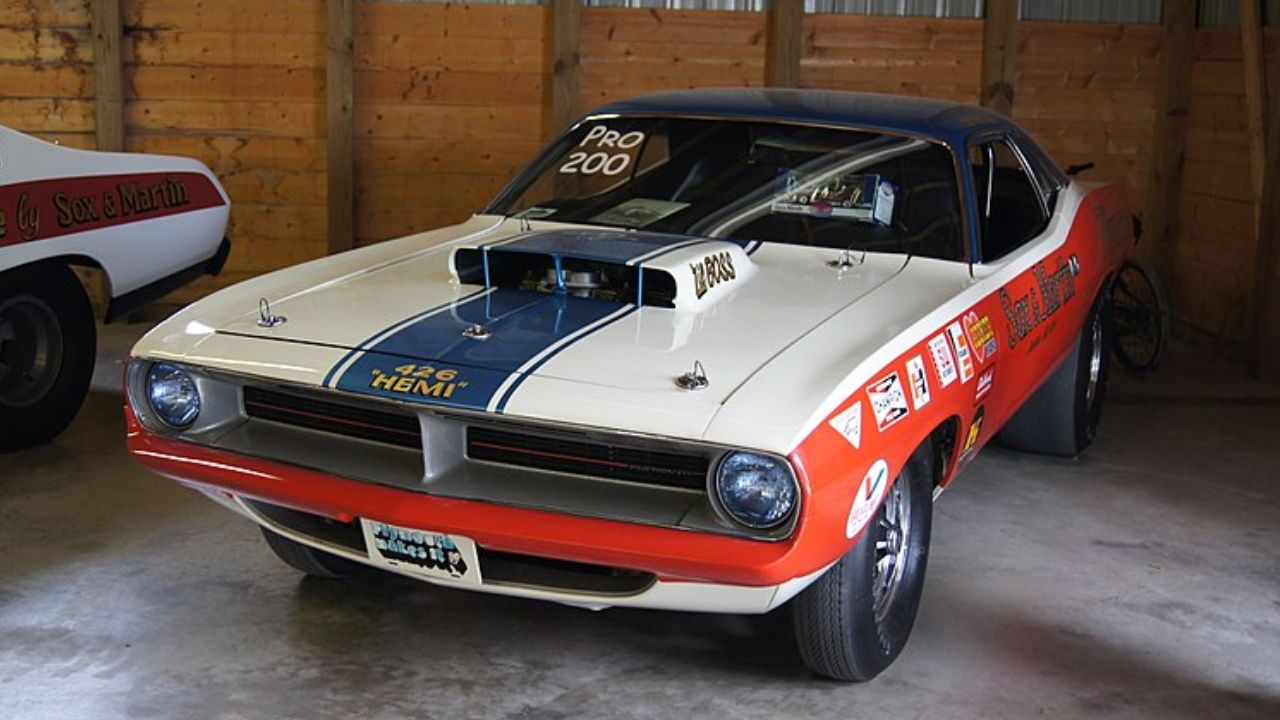
The long-term impact of these technological feats is evident in the modern automotive industry. Many of the advancements pioneered by Mopar’s forgotten models have become standard features in today’s high-performance vehicles. From turbocharging to advanced suspension systems, the influence of these early innovations is unmistakable.
Modern Mopars continue to draw inspiration from their predecessors, using technology to enhance performance while maintaining the spirit of innovation that defined the brand’s early years. The legacy of these forgotten Mopars is one of pushing boundaries and setting new standards, a testament to their enduring influence on the automotive world.
Like Fast Lane Only’s content? Be sure to follow us.
Here’s more from us:
*Created with AI assistance and editor review.

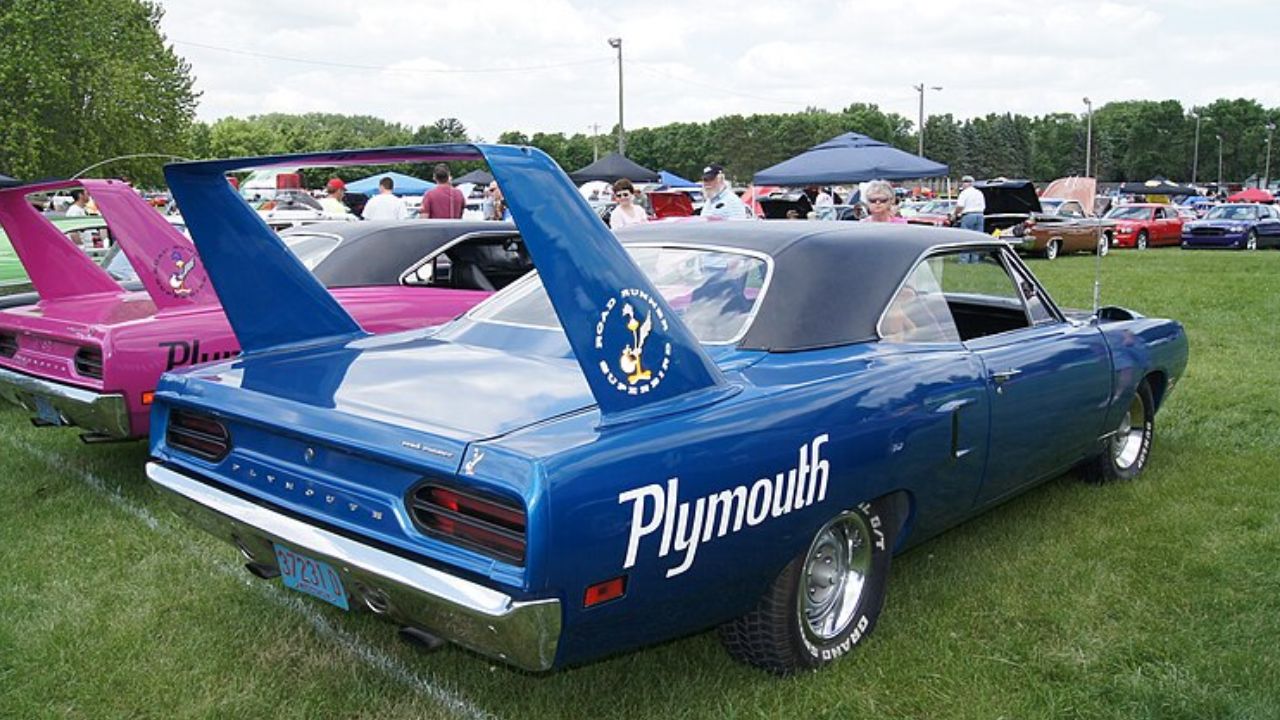

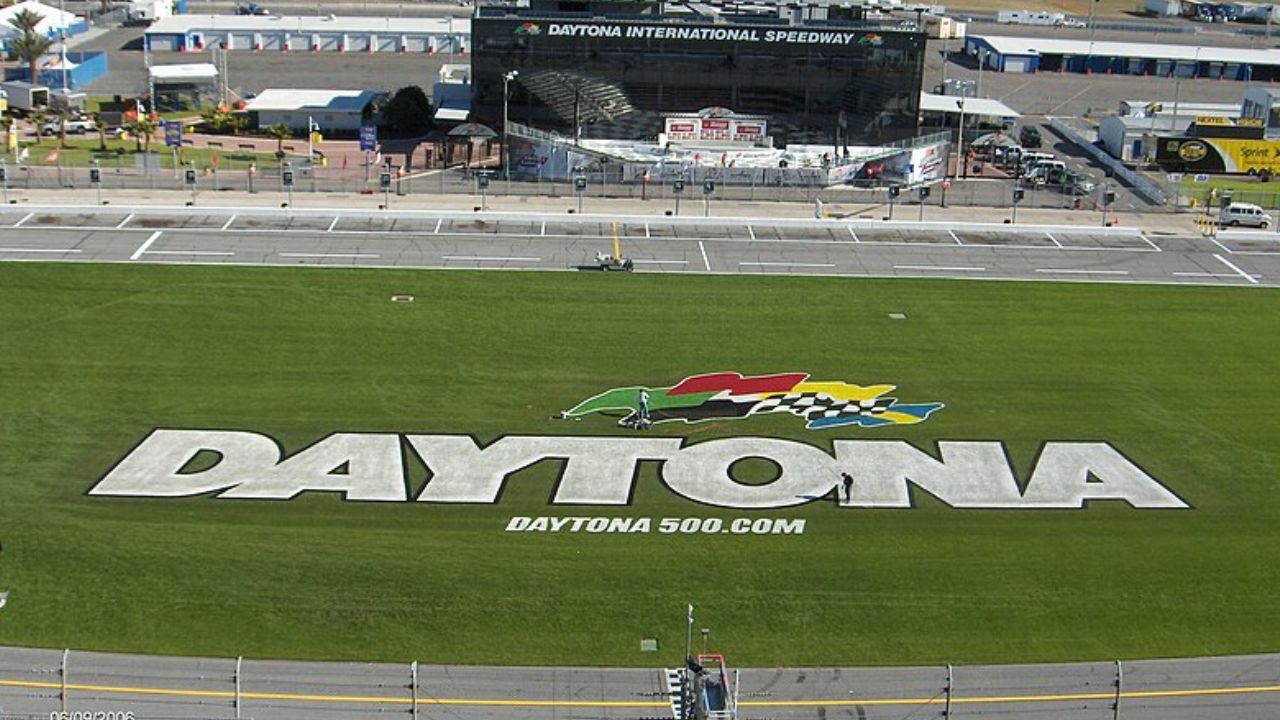
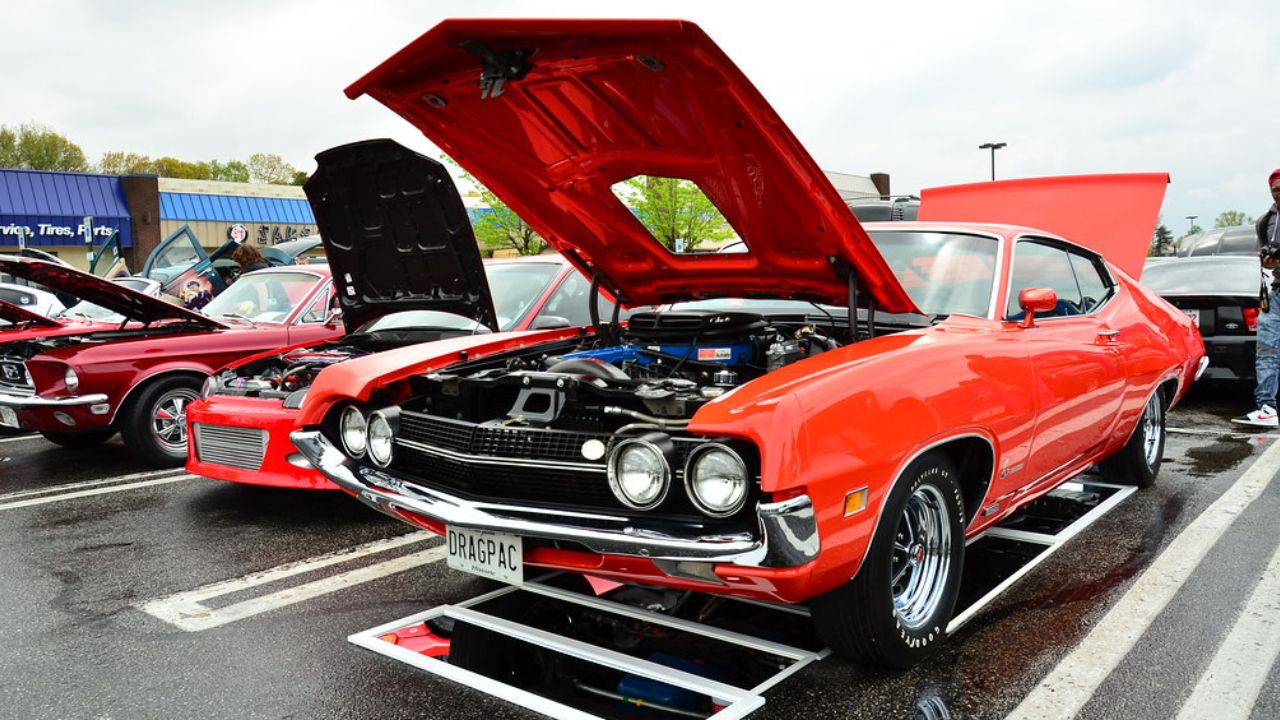

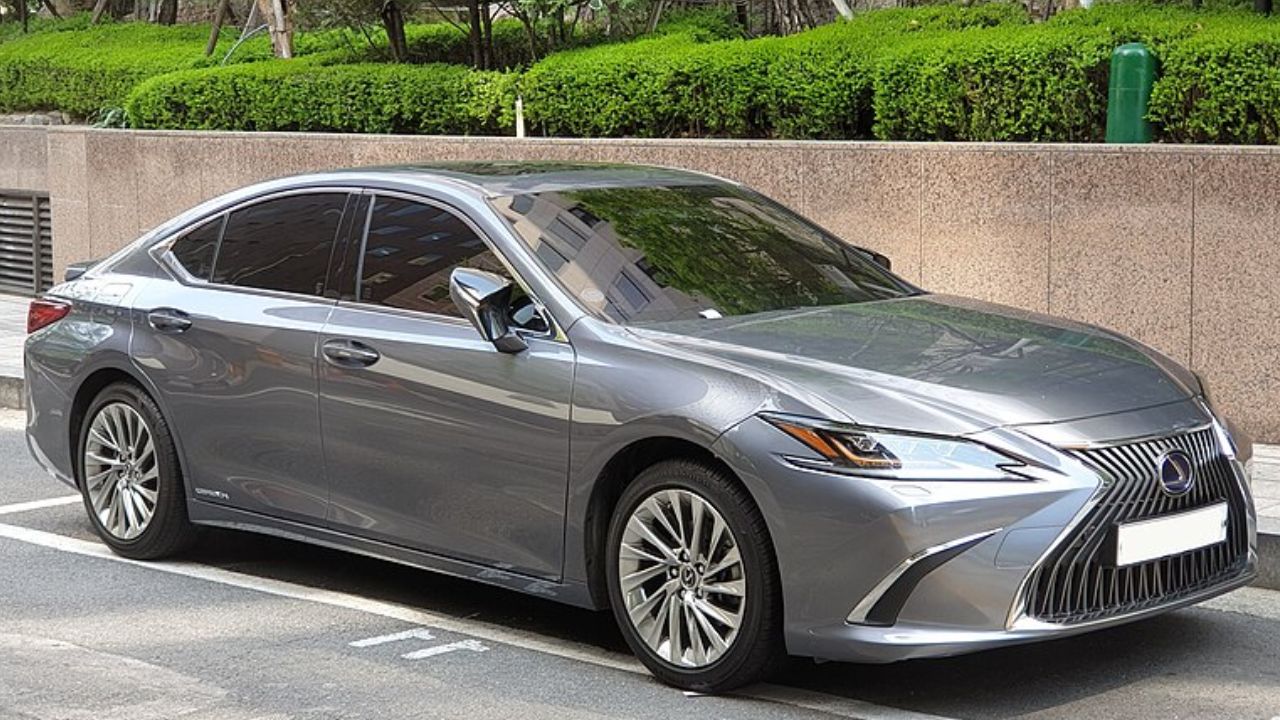
Leave a Reply